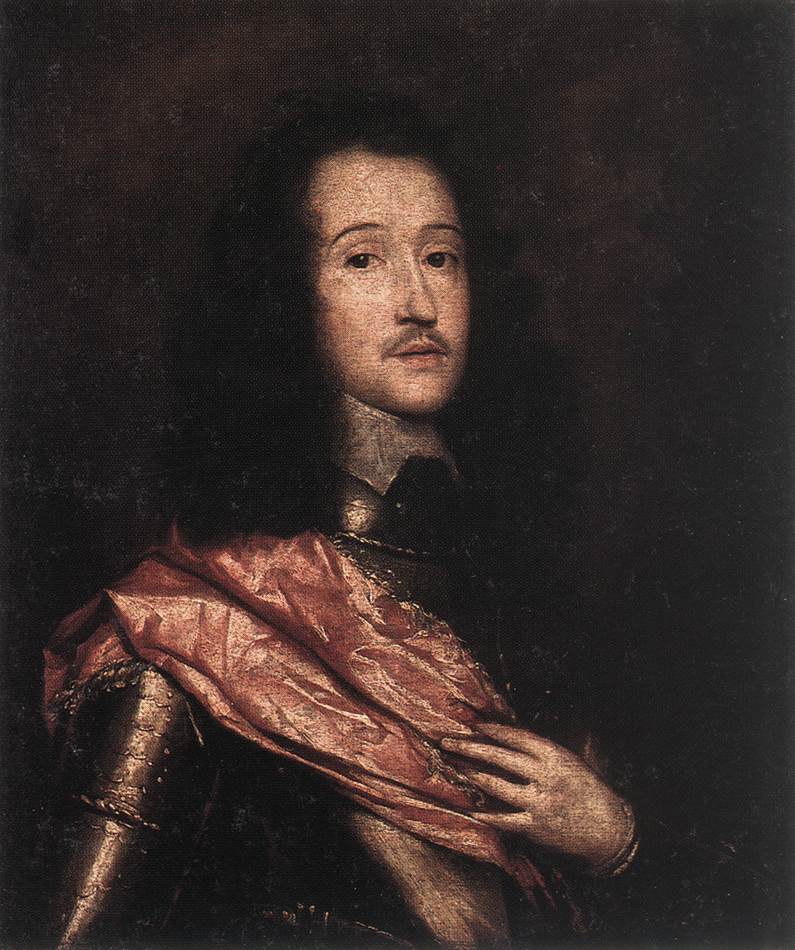|
Eliard Swanston
Eliard Swanston (died 1651), alternatively spelled Heliard, Hilliard, Elyard, Ellyardt, Ellyaerdt, and Eyloerdt, was an English actor in the Caroline era. He became a leading man in the King's Men, the company of William Shakespeare and Richard Burbage, in the final phase of its existence. Career Swanston started his acting career with Prince Charles's Men around 1620. In 1622 he moved to the Lady Elizabeth's Men, and two years later transferred to the King's Men. He may have been brought into that company to replace the veteran John Underwood, who died in 1624. By 1631 he had acquired a role in the management of the company, along with Joseph Taylor and John Lowin; the three men received the company's payments for their performances at Court. In some cases, Swanston was the sole payee for the King's Men's Court performances; he received sums of £120 (February 1632), £270 (March 1633), and £220 (April 1634), and other amounts, in trust for the company. Being a leader was not ... [...More Info...] [...Related Items...] OR: [Wikipedia] [Google] [Baidu] |
Caroline Era
The Caroline era is the period in English and Scottish history named for the 24-year reign of Charles I (1625–1649). The term is derived from ''Carolus'', the Latin for Charles. The Caroline era followed the Jacobean era, the reign of Charles's father James I & VI (1603–1625), overlapped with the English Civil War (1642–1651), and was followed by the English Interregnum until The Restoration in 1660. It should not be confused with the Carolean era which refers to the reign of Charles I's son King Charles II. The Caroline era was dominated by growing religious, political, and social discord between the King and his supporters, termed the Royalist party, and the Parliamentarian opposition that evolved in response to particular aspects of Charles's rule. While the Thirty Years' War was raging in continental Europe, Britain had an uneasy peace, growing more restless as the civil conflict between the King and the supporters of Parliament worsened. Despite the friction betwe ... [...More Info...] [...Related Items...] OR: [Wikipedia] [Google] [Baidu] |
John Fletcher (playwright)
John Fletcher (1579–1625) was a Jacobean playwright. Following William Shakespeare as house playwright for the King's Men, he was among the most prolific and influential dramatists of his day; during his lifetime and in the early Restoration, his fame rivalled Shakespeare's. He collaborated on writing plays with Francis Beaumont, and also with Shakespeare on three plays. Though his reputation has declined since, Fletcher remains an important transitional figure between the Elizabethan popular tradition and the popular drama of the Restoration. Biography Early life Fletcher was born in December 1579 (baptised 20 December) in Rye, Sussex, and died of the plague in August 1625 (buried 29 August in St. Saviour's, Southwark). His father Richard Fletcher was an ambitious and successful cleric who was in turn Dean of Peterborough, Bishop of Bristol, Bishop of Worcester and Bishop of London (shortly before his death), as well as chaplain to Queen Elizabeth. As Dean of Pete ... [...More Info...] [...Related Items...] OR: [Wikipedia] [Google] [Baidu] |
Blackfriars Theatre
Blackfriars Theatre was the name given to two separate theatres located in the former Blackfriars Dominican priory in the City of London during the Renaissance. The first theatre began as a venue for the Children of the Chapel Royal, child actors associated with the Queen's chapel choirs, and who from 1576 to 1584 staged plays in the vast hall of the former monastery. The second theatre dates from the purchase of the upper part of the priory and another building by James Burbage in 1596, which included the Parliament Chamber on the upper floor that was converted into the playhouse. The Children of the Chapel played in the theatre beginning in the autumn of 1600 until the King's Men took over in 1608. They successfully used it as their winter playhouse until all the theatres were closed in 1642 when the English Civil War began. In 1666, the entire area was destroyed in the Great Fire of London. First theatre Blackfriars Theatre was built on the grounds of the former Dominic ... [...More Info...] [...Related Items...] OR: [Wikipedia] [Google] [Baidu] |
Globe Theatre
The Globe Theatre was a theatre in London associated with William Shakespeare. It was built in 1599 by Shakespeare's playing company, the Lord Chamberlain's Men, on land owned by Thomas Brend and inherited by his son, Nicholas Brend, and grandson, Sir Matthew Brend, and was destroyed by fire on 29 June 1613. A second Globe Theatre was built on the same site by June 1614 and stayed open until the London theatre closures of 1642. A modern reconstruction of the Globe, named "Shakespeare's Globe", opened in 1997 approximately from the site of the original theatre.Measured using Google earth Locations Examination of old property records has identified the plot of land occupied by the Globe as extending from the west side of modern-day Southwark Bridge Road eastwards as far as Porter Street and from Park Street southwards as far as the back of Gatehouse Square. The precise location of the building remained unknown until a small part of the foundations, including one original p ... [...More Info...] [...Related Items...] OR: [Wikipedia] [Google] [Baidu] |



